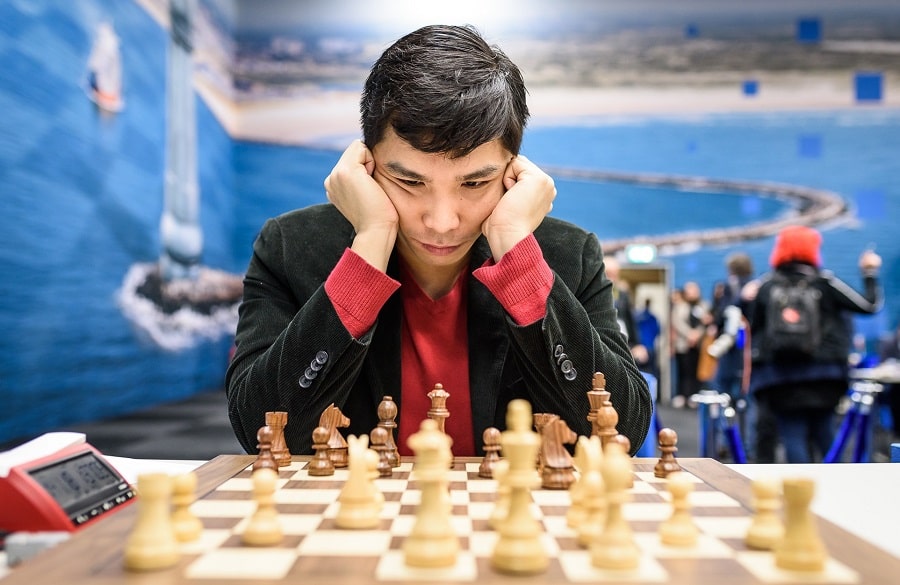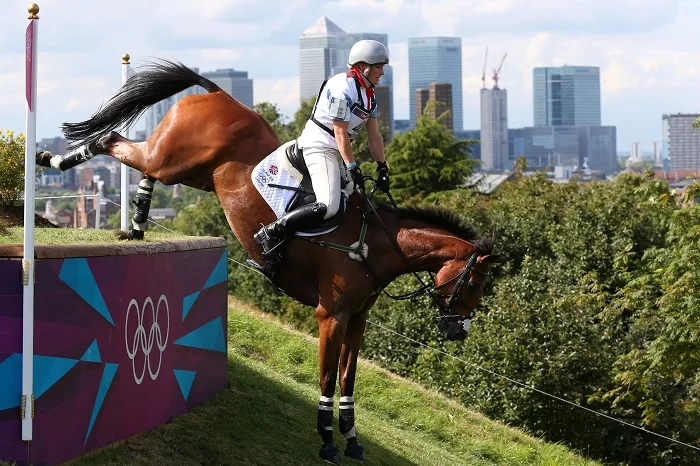There have been many changes since the Beijing Olympics. This is not the only time when serious political events took place during major competitions.
Olympiad before the war
In 1939 Argentina hosted the Chess Olympics. At the same time, Germany invaded Poland, marking the start of World War II. Many chess players were spared their lives by taking part in the Olympics.
These were Polish and German participants who did not want to return to their homeland. Many of them stayed in Argentina and played for the national team. The Austrians who were playing for Germany at the time also took a different fate. They were all dispatched to other countries. More on sports events at canadagooseonsales.com – strategies and developments.
Molotov-Ribbentrop Pact
This document, too, had an impact on the fate of chess players. Upon signing it, Estonian players refused to return to their homeland, which became part of the USSR. Some of them moved to Germany, and Ilmar Raud became Argentinian. Lithuanians and Latvians, Yugoslavs and Czechs all lost the chance to return home. The winners were the Australian team, which suddenly got some of the strongest chess players in the world. However, there was little interest in the sport in that country. That’s why the Australian chess team did not take part in the Olympics for the first time until 1966. By that time most of the emigrants had finished their careers.
The war caused the world to lose many athletes
Many former friends were on opposite sides as a result of war. But sport brought them together again. Thus, in 1954 in a chess match between Israel and Saarland. The former had been a soldier in the Polish army and the latter had been a German who had fought on the Eastern Front.
However many chess players had not survived the war. Polish athletes ended up in ghettos where they were exterminated by the Nazis, killed in the war or imprisoned. Akibu Rubinstein and Jerzy Jagielski were able to escape. The former was saved by being sent to a sanatorium for the mentally ill, where he survived the German occupation. As for Jerzy Jagielski, he was sent to a concentration camp, but managed to survive it. However, he did not go back to Poland as he was not satisfied with the socialist path of development.
The Nazis did not spare the Czechoslovak chess players either. Karl Treibal was shot and Emil Zinner was taken to Majdanek, where he died.

Pablo Bender’s fate
The famous German grandmaster lived in the Weimar Republic and was a staunch communist. When Hitler came to power, Bender fled to Czechoslovakia and from there made his way to Bolivia. In South America he headed a committee of free Germans.
After the war, Bender decided to return to the GDR, where he was to experience many events. The chess player managed to work as a state secretary, served time in prison and became director of a department store. Some athletes decided to leave for the Soviet Union. Among them were the Czech Salomon Flohr and German Emanuel Lasker.
By the way, there were also women chess players in Argentina. They too had to change their plans and refuse to return home. Salome Reischer of Austria went to Mandatory Palestine. The German Sonja Graf and the Frenchwoman Paulette Schwarzmann stayed in Argentina. At the time it was simply too dangerous for them to return home.
Escape at the 1956 Olympics
During the Melbourne Olympics there was a mutiny in Budapest. As a result, 11 members of the Hungarian team decided to remain in Australia. Among those who refused were water polo players, canoe athletes and other athletes. In addition, a number of footballers refused to return to Hungary. Among them was the great Ferenc Puskász. However, it is difficult to describe these footballers as fully fledged refugees. After all, back then they already had contracts, under which they earned good money.
In addition, it is worth noting the interesting story of Katalina Seke. She was the daughter of the famous Hungarian water polo player Marton Hammonai and followed in her father’s footsteps. Katalina was also a double champion and lived quite well in the socialist camp, given that her father was an ardent Nazi who had been sentenced to death. However, Marton managed to fly to South America, where he lived out his remaining years.
His daughter took her mother’s name and became a successful sportswoman. She became European champion, and won the Olympic Games. But the events of 1956 led Catalina to emigrate to the USA. In her homeland she left her husband Kalman Markovic. He too was a water polo player, but decided to stay home. Kálmán continued to play for the Hungarian national team and even took part in the 1960 Olympics where he won the bronze medal. His ex-wife in America married another water polo player, Árpád Damián, who also decided to emigrate.
In addition, some other chess players have decided to leave the country. But their decision was not related to the Olympics. They left Hungary precisely after the failed uprising. Apart from the athletes, another 200,000 Hungarians took such a decision, but their names would tell nothing to sports fans. But their fate was as unenviable as that of the athletes.
The fact is that the latter competed in sports disciplines in which there were no good contracts to ensure a decent life abroad. Moreover, they had to face serious competition from local athletes, who were given preference under all equal conditions. Nevertheless, all these people took such a hard decision for themselves to show their non-acceptance of the political events that had taken place in their country. Among those who were quite prominent athletes who left Hungary are basketball players Tibor Remy, Laszlo and Janos Hodl. The European sprinter Vera Nesmelyi also left the country. Interestingly, she moved to Australia, where she married countryman Laszlo Hald. Together they started to gather other Hungarian athletes around them and even formed a basketball team made up of immigrants.




